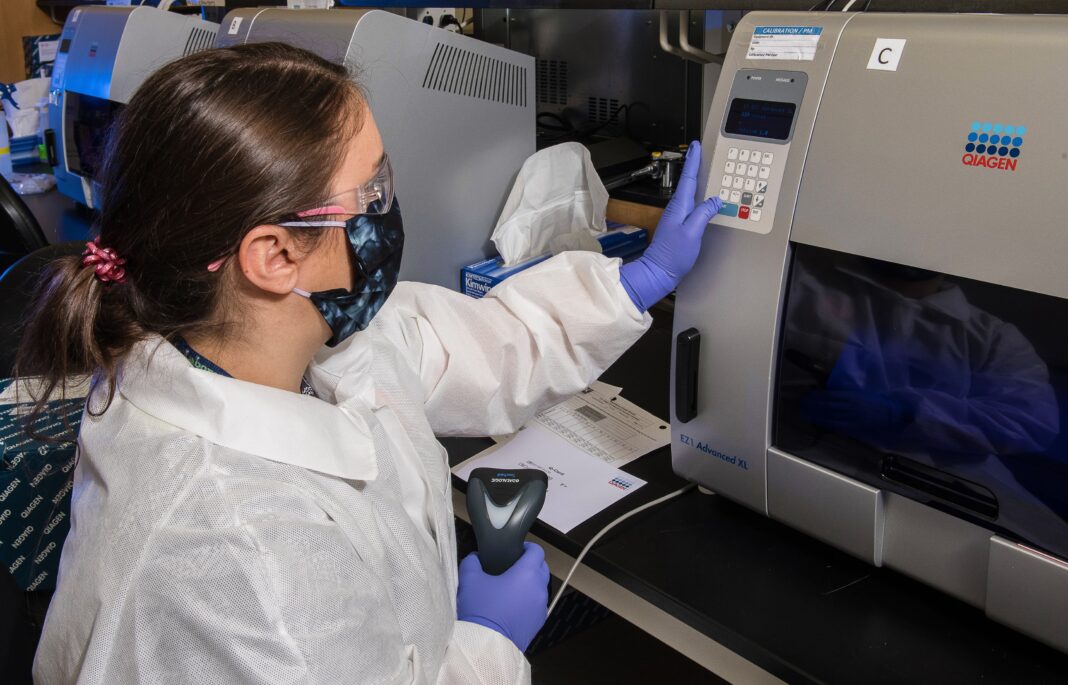Quality control is one of the most important aspects of a successful business. It’s not enough to make a product you think is good; you have to be able to prove that it’s good. To do that, your company needs a set of quality control tests that will help you determine whether or not your products meet certain specifications. These tests can vary depending on what kind of product you’re producing, but here are some common ones.
Rheology Testing
Rheology testing is a critical part of quality control. Rheology is the study of how materials flow and deform under stress, which can be used to determine their properties. The consistency of a material can also be determined using rheometry, as well as whether it’s suitable for certain applications. Rheology is the study of how a fluid flows, and slurry rheology is a specific area of research that applies to silage, manure, and other agricultural waste products. Slurry rheology can help determine how well slurry will flow through your system, how well it will mix with water and other liquids, and how much energy it will take to move the slurry around.
Slurry rheology is important because it helps you optimize your farm’s efficiency. For example, if you want to use less energy on mixing your slurry or moving it around, you need to know what kind of rheology it has. If you’re looking for ways to clean up your farm without using too much energy, then knowing about slurry rheology can help you do just that!
Document Review
Document review is a form of quality control testing that involves examining documents to ensure that they meet the requirements of the project or client. It is used during the document creation process, as well as during document review and approval. There are several different kinds of document review tests that can be used.
Document review is the process of ensuring that all documents are complete and accurate. It’s also used to make sure that they comply with requirements, are consistent with other documents in the system, and follow company policies and procedures.
Pressure Gauge Testing
Pressure gauge testing is a type of quality control test that can be used to check the accuracy of pressure gauges. A pressure calibration device is used to apply a known pressure on the gauge, which then displays its reading. The calibration device is then calibrated against a known standard (such as atmospheric air), and another reading is taken from this calibrated device at several different pressures that correspond with those used during testing. These readings are compared with those taken from your test subject to determine whether any discrepancies exist between them.
Pressure gauges are used in many different ways throughout manufacturing processes, as well as in other industries such as construction and aerospace. They are used to measure pressure levels within various components of machinery, engines, and other equipment so that they can be properly adjusted to meet required specifications.
Process Observation
Process observation is a form of quality control that can be used to ensure several different things. It’s used to ensure that products are being produced consistently, safely, and efficiently. When you’re conducting process observation tests in your facility or facilities that you manage or oversee, you are looking for any signs that indicate there may be an issue with either product quality or production efficiency.
Process Observation Tests: Process Observation Tests are used at all stages of product development including design, manufacturing, and packaging to ensure consistency and safety throughout production processes across multiple facilities (or even just one).
Concrete Scanning
Concrete scanning is a nondestructive testing method that uses electromagnetic energy to determine the properties of concrete. Concrete has a higher density than water, so it will absorb some of this energy and reflect some back to the transmitter antennae. This reflection pattern is then interpreted by computers to determine whether there are any defects present in the structure. Concrete scanning can be used during all phases of construction–from initial foundation work through final finishing touches–to ensure that your structure is built correctly and safely throughout each phase (and beyond).
Slab scanning like this, slab scanning in Sydney is a concrete scan that uses a device that is placed on the concrete slab to scan for cracks and then displays them on a screen. This device can be used to detect and record any cracks, as well as determine their size. This type of concrete scanning can be used to identify different types of cracks in a building’s foundation. It can also be used to detect moisture problems within the slab itself.
Operator Testing
Operator testing is a great way to test product quality. Operators are the people who use your product every day and they know what works and what doesn’t. They can tell you what they like, what they don’t like, and how to improve your product or service.
Operator testing is done regularly by having someone from inside an organization test out the quality of their products or services. The tester gives feedback about how well something works for them based on their own experience using it (or trying to). This can be highly beneficial because it gives insight into areas where improvements need to be made so that users have an easier time using products/services offered by companies offering these types of services as part of their business model.
Document review and process observation
Document review and process observation are two examples of quality control tests that can be used to help determine the quality of a product or service.
Document review is an assessment of a document’s content, structure, format, and presentation. It’s usually done by someone familiar with the subject matter being discussed in the document, but not necessarily an expert on grammar or style rules. Process observation involves watching people as they do their jobs (or specific tasks) to see what kinds of problems arise during these activities. This type of QC test is often done by trained observers who know how to look for potential issues that may affect overall performance standards within an organization’s workflow system(s).
Conclusion
Quality control is a critical part of any business, and you must know what types of quality control tests are available. There are many different ways to test your product or service, but these tests can help you identify any issues before they become serious problems. By spending some time reviewing your documentation, observing the process being done by others in an area where there could be problems (such as concrete scanning), or simply asking questions about how things work (operator testing), you can get ahead of any potential issues before they arise!















